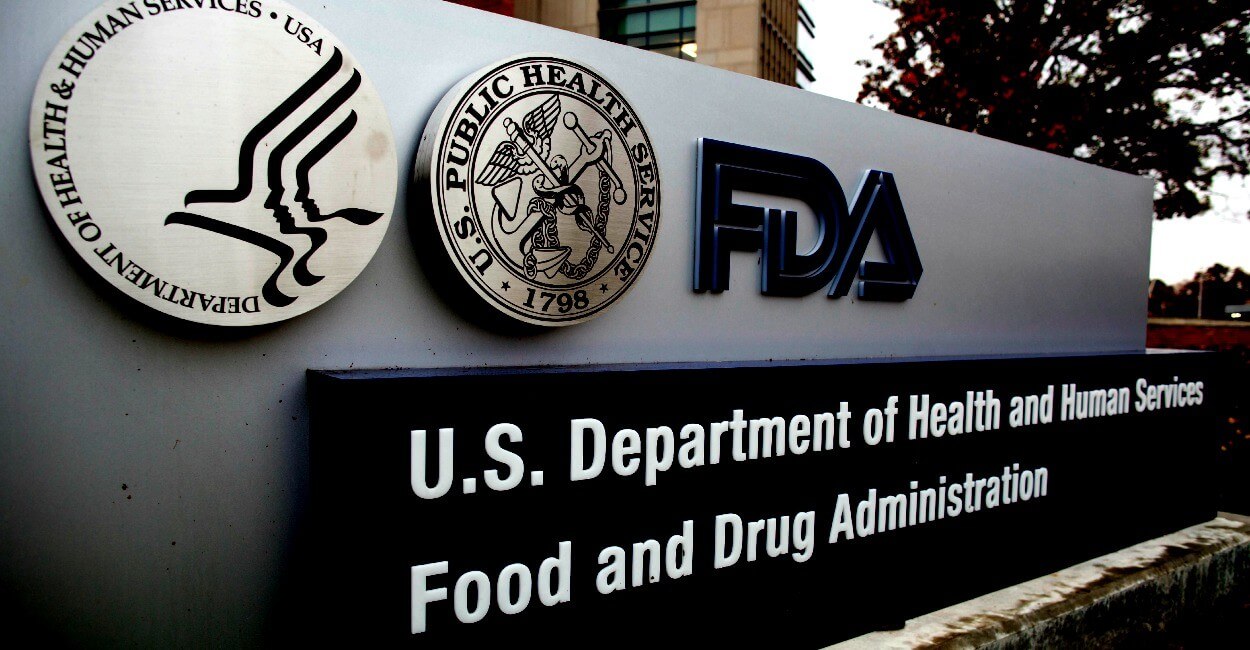Because cancer is one of the leading causes of death in adults, the market for cancer drugs has welcomed new treatments with open arms; but are new treatments all they’re cracked up to be? That depends who you ask. Researchers from the U.S. Food and Drug Administration’s (FDA) Office of Prescription Drug Promotion found cancer drug websites include information about the benefits of their medications, but not nearly as much about the risks.
The FDA looked at 65 websites for currently available cancer drugs that contained information for both physicians and patients. Researchers discovered that patient-geared information contained approximately 38.5% of quantitative data regarding benefits and only 3.1% of quantitative data regarding risks. For physician-oriented websites, the gap was even wider, with 86.1% of quantitative data about benefits, and only 6.2% about risks.
This emphasis on benefits rather than risks can be extremely dangerous. Patients and doctors might overestimate the benefits of the drugs and make treatment decisions without fully understanding the risks.
All drug manufacturers have a responsibility to adequately warn patients and doctors of any risks associated with their drugs. Failing to do so could have serious consequences – just ask Xarelto manufacturers Janssen Pharmaceuticals and Johnson & Johnson (J&J).
Xarelto is a controversial blood thinner that has come under fire because its manufacturers failed to warn patients of the bleeding risks associated with the drug. Janssen and J&J now face more than 7,000 lawsuits and plaintiffs believe deceptive advertising is to blame for Xarelto’s widespread popularity. Although the FDA sent the companies a warning letter over misleading statements in their advertisements back in 2013, the companies ignored the letter. The mounting lawsuits in the Xarelto litigation likely have Janssen and J&J worried. Bellwether trials are scheduled to begin in 2017 and could prove to be extremely costly for the companies.

